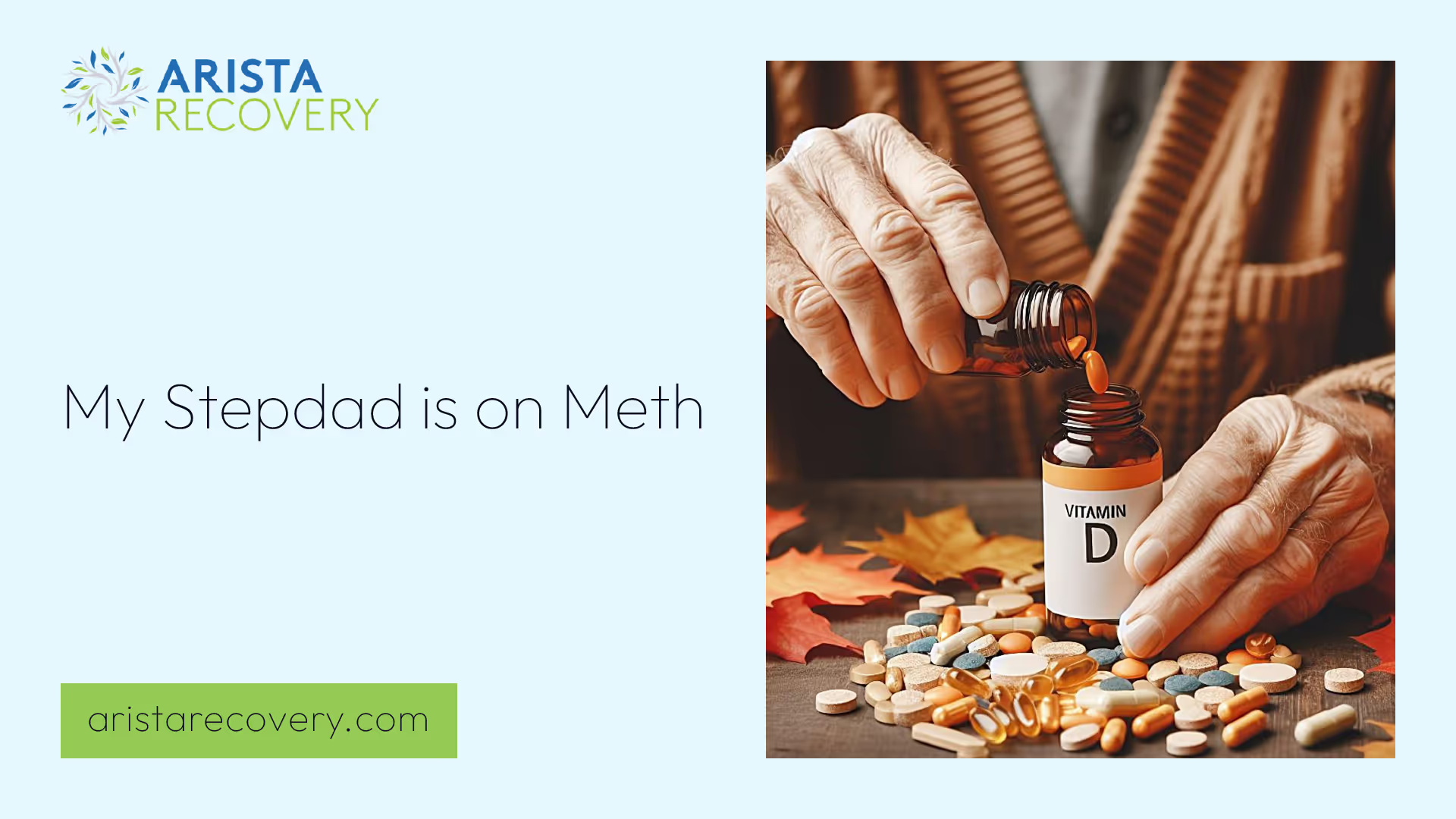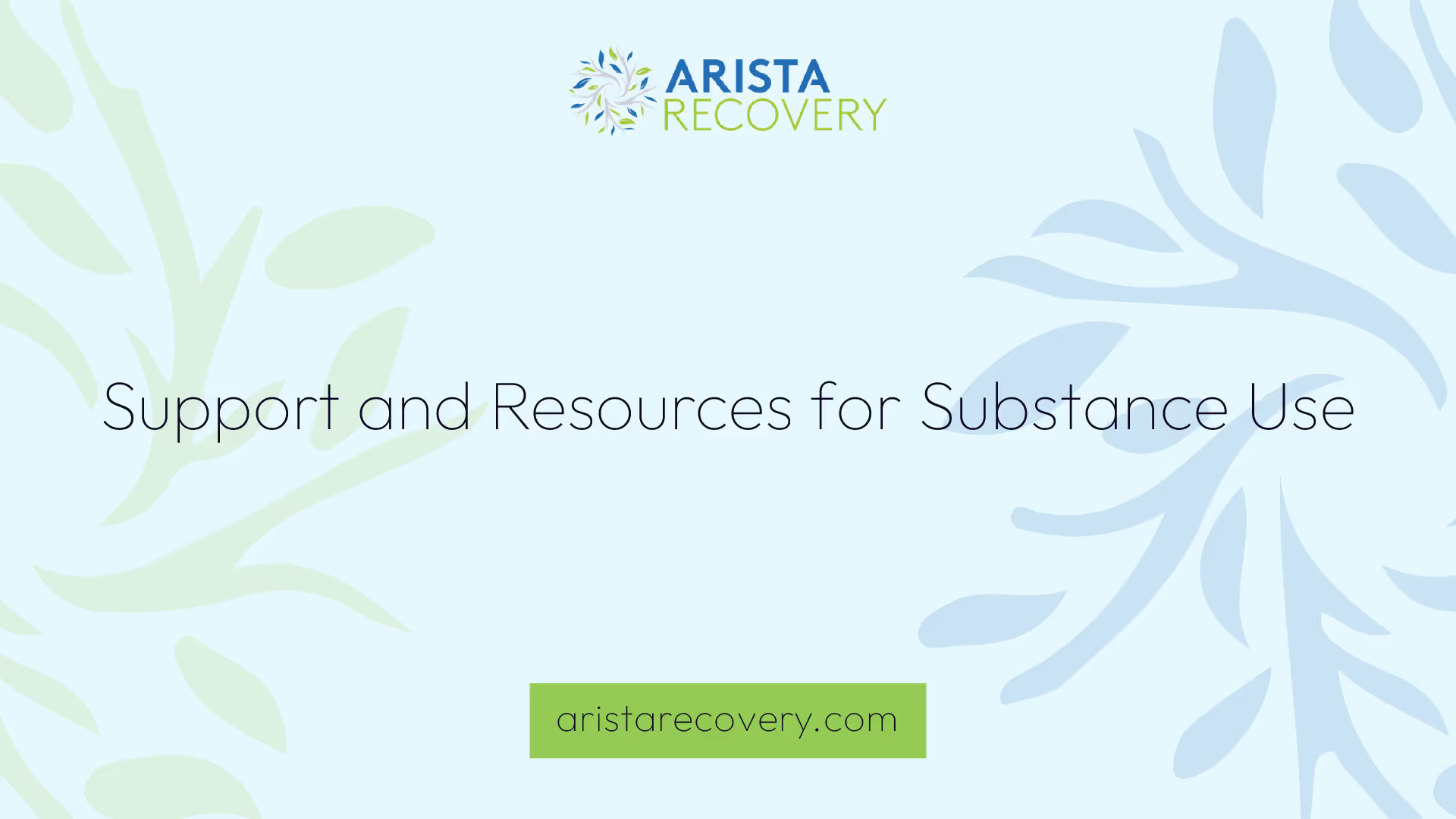My Stepdad is on Meth


Effective Treatments for Meth Addiction
When dealing with a stepfather struggling with methamphetamine addiction, understanding the available and effective treatment options is crucial. The most effective treatments for methamphetamine addiction involve behavioral therapies and contingency management interventions.
Behavioral Therapies
Behavioral therapies are a cornerstone in treating methamphetamine addiction. The most commonly employed behavioral therapy is cognitive-behavioral therapy (CBT). CBT helps individuals recognize and change negative thought patterns and behaviors related to drug use. This therapy equips individuals with coping strategies to handle triggers and stress, reducing the likelihood of relapse.
Another effective behavioral therapy is the Matrix Model. This structured program combines various therapeutic techniques, including CBT, family education, and individual counseling. The Matrix Model has been shown to reduce methamphetamine misuse significantly.
Contingency Management Interventions
Contingency management (CM) interventions offer tangible incentives to individuals who engage in treatment and maintain abstinence. These incentives can include vouchers, cash rewards, or other prizes, which are given for meeting specific treatment goals or maintaining drug-free urine tests.
CM has been highly effective in addressing methamphetamine addiction. Studies have shown that individuals participating in CM programs are more likely to stay in treatment and achieve longer periods of abstinence [1].
For those impacted by substance use, exploring these treatment options can be a significant step toward recovery. Additional resources and support can be found through our articles on drugs are all around and what is drug therapy?.

Methamphetamine Addiction and Medications
Methamphetamine addiction poses significant challenges for individuals and their families. Understanding the role of medications in treating this addiction and recognizing their limitations is crucial in managing the situation effectively.
Role of Medications
Medications for addiction treatment are widely used for various substances. However, when it comes to methamphetamine, the effectiveness of medications remains limited. Currently, no medications have been found to counteract the specific effects of methamphetamine. Furthermore, medications have not shown significant results in prolonging abstinence or reducing misuse among individuals addicted to the drug.
Despite these limitations, medications can still play a supportive role in treating methamphetamine addiction. For example, they can help manage withdrawal symptoms and co-occurring mental health disorders, such as depression and anxiety, which are often present in individuals struggling with methamphetamine use. Combining medications with behavioral therapies may offer a more comprehensive approach to treatment.
Limitations in Methamphetamine Treatment
One of the major limitations in methamphetamine treatment is the lack of FDA-approved medications specifically designed to treat this addiction. This gap highlights the need for alternative therapeutic approaches, such as behavioral therapies and contingency management interventions.
The absence of effective medications means that treatment for methamphetamine addiction often relies heavily on psychosocial support and behavioral interventions. These methods focus on changing the behavior associated with drug use, improving coping mechanisms, and providing a supportive environment for recovery.
For individuals and families impacted by methamphetamine use, seeking professional help and exploring various treatment options is essential. Resources such as the SAMHSA Helpline can provide guidance and support for those navigating the complexities of addiction treatment.
To learn more about different treatment options and the role of medications in addiction therapy, visit our article on what is drug therapy?.
Understanding the limitations and exploring all available resources can help individuals and families effectively address methamphetamine addiction. For more information on the signs and consequences of methamphetamine use, visit our section on drugs are all around.

Support and Resources for Substance Use
When dealing with the challenges of a loved one struggling with meth addiction, support and resources are crucial. This section provides information on the SAMHSA helpline statistics and guidance on seeking help for addiction.
SAMHSA Helpline Statistics
The Substance Abuse and Mental Health Services Administration (SAMHSA) Helpline is a valuable resource for individuals and families impacted by substance use. In 2020, the helpline received 833,598 calls, marking a 27 percent increase from 2019 when it received 656,953 calls [2]. This increase highlights the growing need for support and the importance of accessible resources for those affected by substance abuse.
The SAMHSA Helpline offers confidential and free services, providing information and referrals to local treatment facilities, support groups, and community-based organizations. The helpline is available 24/7, making it a reliable source of support for individuals in crisis or seeking guidance.
Seeking Help for Addiction
Recognizing the need for help is the first step towards recovery. Families and individuals dealing with a stepdad struggling with meth can benefit from a variety of resources and support systems. Here are some steps to consider:
- Contact the SAMHSA Helpline: Utilize the SAMHSA Helpline to get information about local treatment options and support services.
- Explore Treatment Options: Look into various treatment programs, including inpatient and outpatient rehab facilities, counseling, and therapy. Learn more about what is drug therapy?.
- Join Support Groups: Support groups provide a sense of community and shared experiences. They can be beneficial for both the individual struggling with addiction and their family members.
- Seek Professional Help: Consult with healthcare professionals who specialize in addiction treatment. They can provide personalized care plans and medical support.
- Educate Yourself: Understanding the effects of methamphetamine and the recovery process can help in providing better support. Check out articles on drug addiction and pregnancy and drinking and pregnancy to learn more.
For more information on how to address substance use and addiction, visit our detailed guide on drugs are all around. By leveraging these resources and support systems, families can take proactive steps towards helping their loved ones rebuild their lives and achieve lasting recovery.
Signs and Consequences of Methamphetamine Use
Understanding the signs and consequences of methamphetamine use is crucial for individuals and families impacted by substance use. Methamphetamine, commonly known as meth, has significant physical and psychological effects, and detecting its use can be pivotal in seeking timely intervention.
Physical and Psychological Effects
Methamphetamine use can lead to a range of severe physical and psychological effects. The following table highlights some of the common symptoms associated with meth use:
Methamphetamine's impact on the body and mind can be devastating. Rapid weight loss and "meth mouth" are visible signs of the physical toll meth takes on the user. Additionally, skin sores are common due to repetitive scratching, often caused by the sensation of bugs crawling under the skin.
Psychologically, methamphetamine can lead to severe anxiety, paranoia, and hallucinations. Users may exhibit aggressive behavior and suffer from insomnia, further exacerbating their mental health struggles. These effects not only impact the individual but also create a challenging environment for their loved ones, making it essential to understand these symptoms for better support and intervention.
Methamphetamine Detection
Detecting methamphetamine use is vital for addressing the issue promptly. Various methods are available for detecting meth in the body, each with different detection windows. The following table outlines the detection periods for different types of tests:
Figures courtesy JourneyPure
Urine tests are commonly used due to their relatively long detection period and ease of administration. Blood tests, while more invasive, can detect meth within hours after use. Saliva tests offer a quick and non-invasive method, though their detection window is shorter. Hair follicle tests provide the longest detection period, making them useful for identifying long-term meth use.
Recognizing the signs and understanding the methods for detecting methamphetamine use can help families and individuals take appropriate steps toward recovery. For more information on substance use and support resources, visit our articles on what is drug therapy? and drugs are all around.
Understanding Meth Addiction
Methamphetamine addiction is a complex and devastating condition that affects both the individual and their loved ones. Understanding the dependency and physical consequences, as well as the behavioral manifestations of meth use, can help in identifying and addressing the issue effectively.
Dependency and Physical Consequences
Methamphetamine is highly addictive, and nearly half of meth users become dependent on it [3]. The dependency on meth can develop quickly due to its potent effects on the brain's reward system.
Physical Consequences
Meth use is associated with severe physical consequences, which can be both immediate and long-term. Some of the most common physical effects include:
- Tooth and Gum Decay (Meth Mouth): This condition involves severe dental issues, including tooth decay and gum disease.
- Extreme Weight Loss: Meth users often experience significant weight loss due to decreased appetite and increased energy expenditure.
- Skin Lesions and Sores: Users may experience "meth mites," a hallucination of crawling on the skin, causing them to pick or scratch, resulting in sores and lesions usually on the face and arms [3].
Behavioral Manifestations of Meth Use
Meth addiction also leads to several behavioral changes, which can be just as damaging as the physical effects. These behavioral manifestations can vary but often include:
- Hallucinations: Up to 40% of meth users experience meth psychosis, characterized by hallucinations, anxiety, paranoia, and delusions [3]. While many cases are temporary, some individuals may suffer long-term psychological damage.
- Erratic Behavior: Meth users often exhibit erratic and unpredictable behavior, including violent outbursts and extreme mood swings.
- Compulsive Behavior: Users may develop compulsive behaviors, such as excessive cleaning or repetitive actions.
Understanding these signs and consequences is crucial for those dealing with a loved one struggling with meth addiction. Recognizing the physical and behavioral symptoms can be the first step towards seeking help and rebuilding lives. For more information on how to address substance use, visit our resources on drugs are all around and what is drug therapy?.
Teen Substance Use and Prevention
Impact on Brain Development
Substance use during the teenage years can have significant negative impacts on brain development, which continues until the mid-20s or later. This ongoing development is crucial for skills such as judgment, decision-making, impulse control, and memory [4]. The introduction of substances like methamphetamine during these formative years can disrupt these processes, leading to long-term consequences.
Addressing Teen Substance Use
Addressing teen substance use promptly is crucial for effective prevention and early intervention. Despite the overall decline in teenage substance use, factors like peer pressure, curiosity, and rebellion can still lead teens to experiment with substances [4]. Companies often exploit these vulnerabilities through tactics such as using famous personalities, social media influencers, attractive packaging, and free samples to entice teens into vaping, drinking, and other substance use.
Caregivers play a vital role in prevention by trusting their instincts and starting conversations about substance use, even without hard evidence. It's essential to communicate openly and clearly, especially if there is a family history of addiction [4]. Here are some steps caregivers can take:
- Trust Instincts: Act on concerns promptly.
- Start Conversations: Discuss substance use and its risks.
- Prepare Discussions: Address family history of addiction.
- Seek External Help: Utilize resources like school counselors, professional counselors, pediatricians, sports coaches, family friends, teachers, or clergy if needed.
For more information on related topics, check out our articles on drugs are all around, what is drug therapy?, drug addiction and pregnancy, and drinking and pregnancy.
References
[2]: https://www.samhsa.gov/find-help/national-helpline
[3]: https://journeypure.com/ask-our-doctors/drug-addiction/meth/what-are-the-signs-that-someone-is-using-crystal-meth/
[4]: https://drugfree.org/article/having-tough-conversations/
You’re not alone in this.
When mental health challenges and addiction intersect, it can feel isolating. At Arista, we offer compassionate, evidence-based, and trauma-informed care to help you heal, grow, and move forward.
You’re not alone in this.
When mental health challenges and addiction intersect, it can feel isolating. At Arista, we offer compassionate, evidence-based, and trauma-informed care to help you heal, grow, and move forward.
Support that moves with you.
You’ve taken a brave first step. At Arista Recovery, we’re here to help you continue with best-in-class care designed for long-term healing and support.
.webp)






